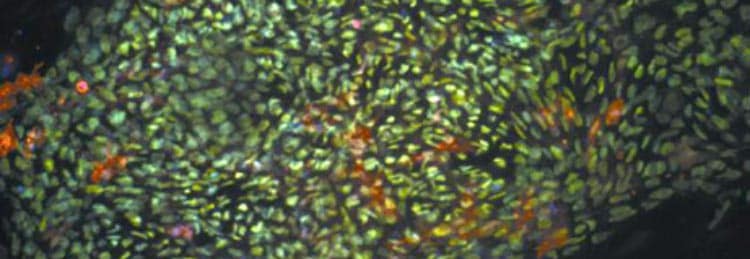Somatic stem cells are basically adult stem cells that are found in both children and adult humans. The Regeneration center uses adult stem cells that are isolated from a tissue samples from cord blood,placenta,adipose (fat) or dental pulp.
Embryonic vs Somatic Stem Cells (Adult)
Somatic stem cells, also known as adult stem cells, are a type of undifferentiated cell found throughout the body after embryonic development. These cells are located in various tissues such as bone marrow, skin, and the brain, among others. Somatic stem cells are responsible for maintaining and repairing the tissue in which they are found. Unlike embryonic stem cells, which have the potential to become any type of cell in the body, somatic stem cells are generally limited to differentiation into cell types that are characteristic of the tissue in which they reside.
Characteristics of Somatic Stem Cells
- Multipotent: Somatic stem cells are generally multipotent, meaning they can differentiate into a limited range of cell types related to the tissue they originate from.
- Self-renewal: These cells have the ability to go through numerous cycles of cell division while maintaining an undifferentiated state.
- Limited Differentiation: Unlike pluripotent stem cells, which can become any type of cell, somatic stem cells can typically only become a limited number of cell types.
Common Types of Somatic Stem Cells
- Hematopoietic Stem Cells: Found in bone marrow and blood, these cells give rise to all types of blood cells.
- Mesenchymal Stem Cells: These are found in the bone marrow and can differentiate into bone, cartilage, and fat cells.
- Neural Stem Cells: Located in the brain, these cells can generate neurons, astrocytes, and oligodendrocytes.
- Epithelial Stem Cells: Found in the lining of the digestive tract and also in skin, these cells replenish tissues and often used in stem cell treatment for Crohn’s disease
- Skin Stem Cells: Located in the basal layer of the epidermis, these cells are responsible for the constant renewal of skin.
Applications in Medicine
Somatic stem cells have various applications in regenerative medicine, often employed in therapies aimed at treating conditions such as leukemia, osteoarthritis, and certain types of heart diseases, Congestive heart failure treatment of after heart attacks. For example, bone marrow transplants are effectively hematopoietic stem cell transplants, used to treat leukemia and other blood disorders.
Advantages and Limitations of Somatic Stem Cells
- Advantages: Ethically less controversial compared to embryonic stem cells as they are harvested from adults.
Lower risk of rejection when using the patient’s own cells for treatment. - Limitations: Limited differentiation capability compared to pluripotent stem cells.
Some types are difficult to isolate and grow in culture.
Somatic stem cells play a crucial role in the body’s ability to repair and maintain its tissues. They also offer exciting prospects in the field of regenerative medicine, although their potential is somewhat limited compared to embryonic stem cells. Nevertheless, they represent a valuable resource for treating a variety of conditions and diseases.

